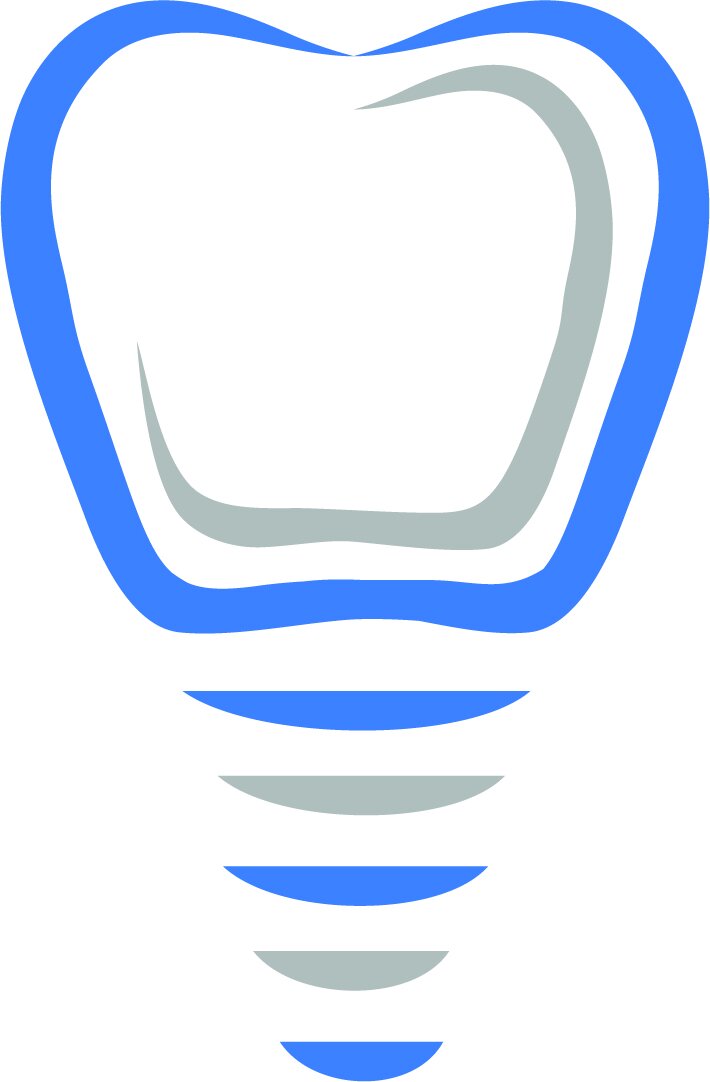Dental Bone Grafting
Forefront Dentistry, Tulsa OK
Dental bone grafting is a highly beneficial treatment that is most commonly utilized at the time of tooth extraction. One of the largest drawbacks to having a conventional tooth extraction is the bone loss that often occurs in the area during the months following the procedure. When a tooth is extracted, an empty socket remains. As the body heals the site over time, the jawbone remodels to fill in the socket and the bony ridge shrinks significantly. Such bony defects resulting from traditional extractions can cause bone loss and damage to neighboring teeth, esthetic problems in the area, and also prevent the patient from being a dental implant candidate. Socket preservation bone grafting is the treatment of choice to mitigate such complications. A socket preservation graft is performed at the same appointment as the extraction. After the tooth has been extracted, the site is cleaned and the bone graft material is condensed into the bony socket. The bone graft particles act as a scaffolding for the body’s own bone to regenerate. Because the empty socket has been filled in by the graft, the bony ridge maintains its width during healing and does not shrink. A membrane is then placed over the bone graft material to help guide the healing and prevent the graft from being disrupted. This type of dental bone grafting is a safe and effective way to regenerate bone when a tooth must be extracted. Bone regeneration of this type provides health advantages to the neighboring teeth, and it is the standard of care when a dental implant is planned for that site. Bone grafting works best in tandem with dental implants. Like a partnership, bone grafting provides the bone needed for proper dental implant placement, stability, and longevity. In return, once the dental implant has healed to the bone, it helps the body maintain that regenerated bone throughout the following years.

